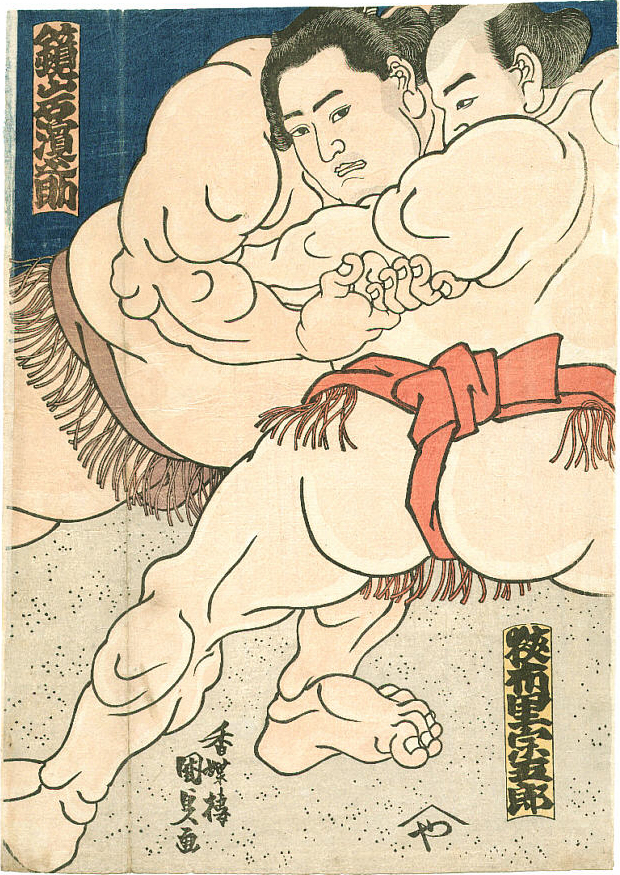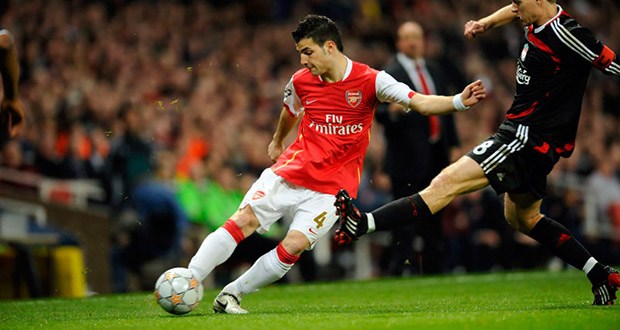Stamp: Lew Iwanowitsch Jaschin (1929-1990) (Equatorial Guinea 1973)
Lew Iwanowitsch Jaschin (1929-1990) (Equatorial Guinea 1973)
20 November (Equatorial Guinea ) within release Football World Cup 1974, Germany: Footballer goes into circulation Stamp Lew Iwanowitsch Jaschin (1929-1990) face value 0.70 Equatorial Guinean peseta
| Stamp Lew Iwanowitsch Jaschin (1929-1990) in catalogues | |
|---|---|
| Michel: | Mi:GQ 313 |
| Yvert et Tellier: | Yt:GQ 39G |
Stamp is vertical format.
Also in the issue Football World Cup 1974, Germany: Footballer:
- Stamp - Ricardo Zamora Martínez (1901-1978) face value 0.30;
- Stamp - George Carter (1900-1981) face value 0.35;
- Stamp - Silvio Piola (1913-1996) face value 0.40;
- Stamp - Alcides Edgardo Ghiggia (*1926) face value 0.45;
- Stamp - Helmut Rahn (1929-2003) face value 0.50;
- Stamp - Just Fontaine (*1933) face value 0.65;
- Stamp - Lew Iwanowitsch Jaschin (1929-1990) face value 0.70;
- Stamp - Eusébio da Silva Ferreira (*1942) face value 8;
- Stamp - Edison Arantes do Nascimento "Pelé" (*1940) face value 60;
- Souvenir Sheet - Gerson, Albertos face value 200;
- Stamp - Football face value 130;
Stamp Lew Iwanowitsch Jaschin (1929-1990) it reflects the thematic directions:
A flag is a piece of fabric (most often rectangular or quadrilateral) with a distinctive design that is used as a symbol, as a signaling device, or as decoration. The term flag is also used to refer to the graphic design employed, and flags have since evolved into a general tool for rudimentary signalling and identification, especially in environments where communication is similarly challenging (such as the maritime environment where semaphore is used). National flags are patriotic symbols with varied wide-ranging interpretations, often including strong military associations due to their original and ongoing military uses. Flags are also used in messaging, advertising, or for other decorative purposes. The study of flags is known as vexillology, from the Latin word vexillum, meaning flag or banner.
Sports, are all usually forms of competitive physical activity or games which, through casual or organised participation, aim to use, maintain or improve physical ability and skills while providing enjoyment to participants, and in some cases, entertainment for spectators. Usually the contest or game is between two sides, each attempting to exceed the other. Some sports allow a tie game; others provide tie-breaking methods, to ensure one winner and one loser. A number of such two-sided contests may be arranged in a tournament producing a champion. Many sports leagues make an annual champion by arranging games in a regular sports season, followed in some cases by playoffs. Hundreds of sports exist, from those between single contestants, through to those with hundreds of simultaneous participants, either in teams or competing as individuals. In certain sports such as racing, many contestants may compete, each against each other, with one winner.
Football or soccer, is a team sport played between two teams of eleven players with a spherical ball. It is played by 250 million players in over 200 countries and dependencies making it the world's most popular sport. The game is played on a rectangular field with a goal at each end. The object of the game is to score by getting the ball into the opposing goal. Players are not allowed to touch the ball with their hands or arms while it is in play, unless they are goalkeepers (and then only when within their penalty area). Other players mainly use their feet to strike or pass the ball, but may also use their head or torso. The team that scores the most goals by the end of the match wins. If the score is level at the end of the game, either a draw is declared or the game goes into extra time or a penalty shootout depending on the format of the competition. The Laws of the Game were originally codified in England by The Football Association in 1863. Association football is governed internationally by the International Federation of Association Football (FIFA; French: Fédération Internationale de Football Association), which organises World Cups for both men and women every four years.



